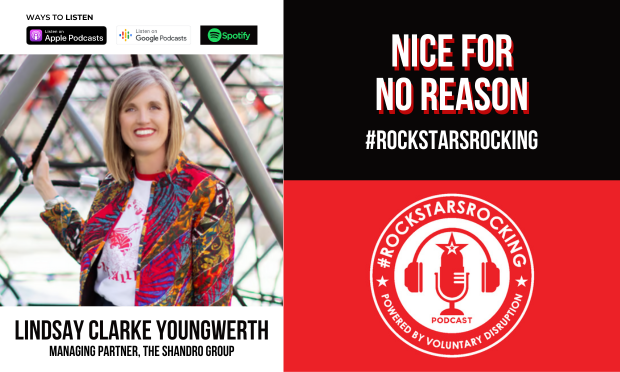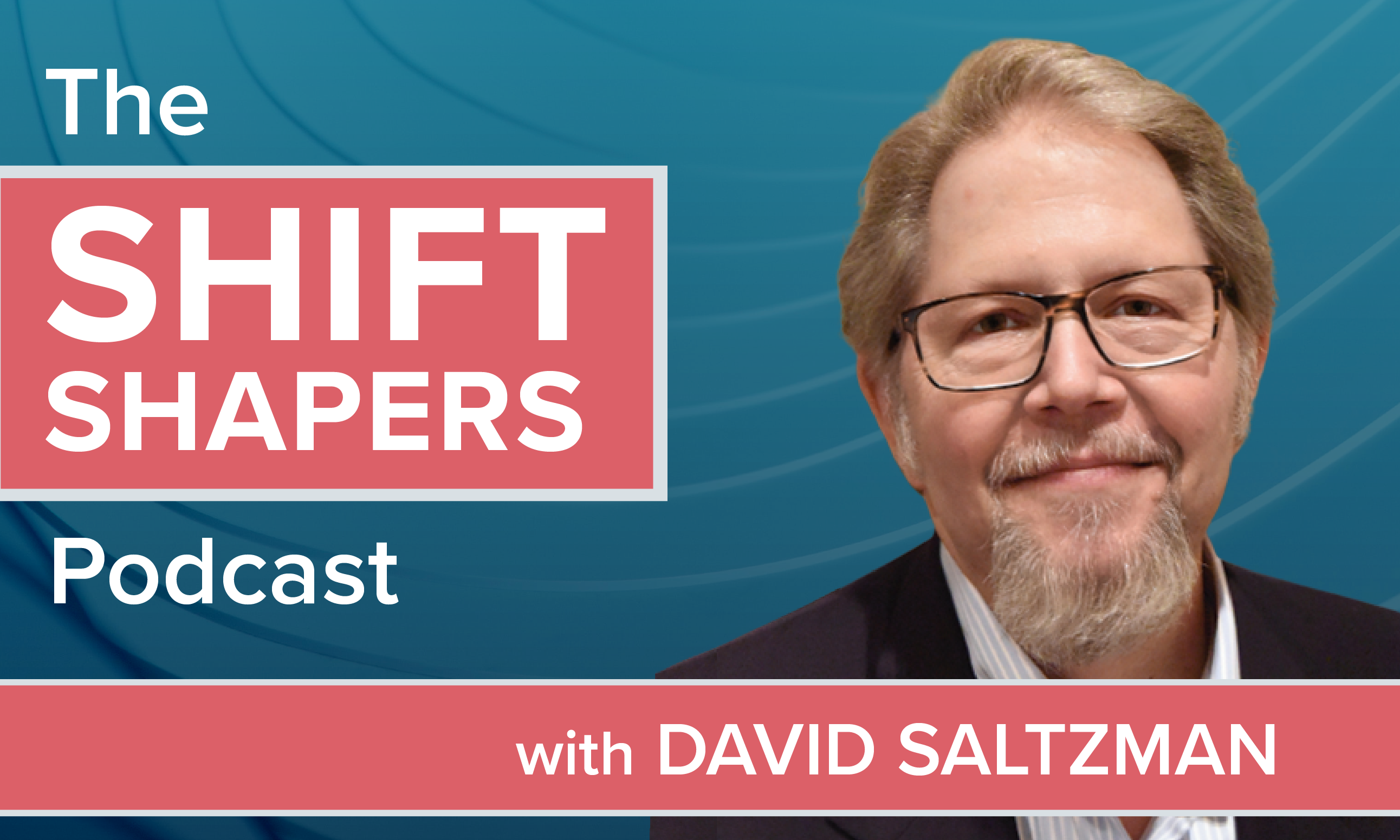 For many Americans today, theprocess of planning or managing personal finances can be at thebottom of their to-do list, particularly when it comes to choosingtheir benefits. In fact, nearly half (45 percent) of U.S. workersequate benefits selection with the same level of dread as askingfor a raise, according to a new MetLife survey on openenrollment.
For many Americans today, theprocess of planning or managing personal finances can be at thebottom of their to-do list, particularly when it comes to choosingtheir benefits. In fact, nearly half (45 percent) of U.S. workersequate benefits selection with the same level of dread as askingfor a raise, according to a new MetLife survey on openenrollment.
With this in mind, it's really no wonder that 1 in 3 employees would rather talk about theirweight than their employer-offered benefits, and 1 in 5 spendsonly a few minutes reviewing these options before making adecision.
|Unfortunately, this reticence can have a massive impact onemployees' financial futures — much more than they realize. Forthis reason, employers play a pivotal role in helping employeesovercome information overload during the open enrollmentprocess.
|Here are a few tips to help employees overcome the challengesthey feel during open enrollment:
|1. Consider financial goals, and plan for alloutcomes
Employees may not realize it, but outlining their financialgoals — both short- and long-term — is a critical first step in thebenefits election process. By taking time to evaluate their goalsfirst, employees can better determine how different benefits canhelp them meet these goals.
|For example, if an employee has set aside money for a futurebig-ticket purchase, choosing an accident or critical illness plan,which provides lump sum payments that can be used to help offsetexpenses like out-of-pocket medical costs, can help them avoiddipping into these savings should they suddenly find themselveswith a covered illness or accident.
|But it's also critical for employees to recognize that planningfor financial hurdles is as important as planning for financialgoals. Electing benefits for events that may seem unimaginable —such as a house fire or a death in the family — may feeluncomfortable, but it can help make difficult circumstances morefinancially manageable down the line. In the recent MetLife survey,18 percent of respondents selected "funeral expenses" as theonly reason to buy life insurance, while in reality, thereare plenty of other reasons to purchase life insurance, includingcaregiving costs for dependents and student loan debtrepayment.
|Understanding all the nuances of their benefits offerings andplanning for varying circumstances is crucial for employees tomaintain a firm hold on their finances and employers are thefirst-line in helping to guide workers who are making thesedecisions with both comfort and confidence.
|2. Ask questions, and ask for advice
Employees today simply aren't having the frank, openconversations about their finances that they need to in order tofully understand each benefits option. That's why it's crucial foremployers to make space for colleagues to connect with each otherto share personal experiences and leverage HR resources tounderstand the details of their benefits. Employees whoare encouraged to ask questions and gain insight fromfamily and friends may foster a greater understanding of thebenefits offered by their employer, and consider electing thosethey may otherwise overlook.
|For example, when asked how they would provide for themselves inthe event of an injury, one-third of millennials said they wouldrely on their family or friends for financial support. Butstrategies like these can be a risk, as individuals develop afinancial dependence outside of their control. Encouraging candiddiscussions about benefits elections allow employees to protectboth themselves and their loved ones against unforeseen costs.
|3. Remind employees: Employers wantto help
Your employer clients spend much of the year making strategicdecisions to create the best benefits packages for their employees,so it's no surprise that at open enrollment, they are eager toeducate employees and help answer all the questions that come theirway.
|In fact, many companies offer a range of enrollment resourcesfrom websites to mobile apps, beyond just the benefits handbook,that can help employees make the benefits election process aspainless as possible. By clearly communicating these resources, it'spossible to help lessen (or even eliminate) the dread they feelaround the open enrollment process.
|In the end, the first step toward a solution is understandingthe broader implications of the challenge. By pulling back thecurtain on this process, allowing for candid conversations, andpointing employees in the direction of helpful tools for moreinformed elections, employers and their brokers can arm workerswith the knowledge they need to make their elections withconfidence.
|Meredith Ryan-Reid is senior vice president, Group Benefits,at MetLife.
Complete your profile to continue reading and get FREE access to BenefitsPRO, part of your ALM digital membership.
Your access to unlimited BenefitsPRO content isn’t changing.
Once you are an ALM digital member, you’ll receive:
- Critical BenefitsPRO information including cutting edge post-reform success strategies, access to educational webcasts and videos, resources from industry leaders, and informative Newsletters.
- Exclusive discounts on ALM, BenefitsPRO magazine and BenefitsPRO.com events
- Access to other award-winning ALM websites including ThinkAdvisor.com and Law.com
Already have an account? Sign In
© 2024 ALM Global, LLC, All Rights Reserved. Request academic re-use from www.copyright.com. All other uses, submit a request to [email protected]. For more information visit Asset & Logo Licensing.








